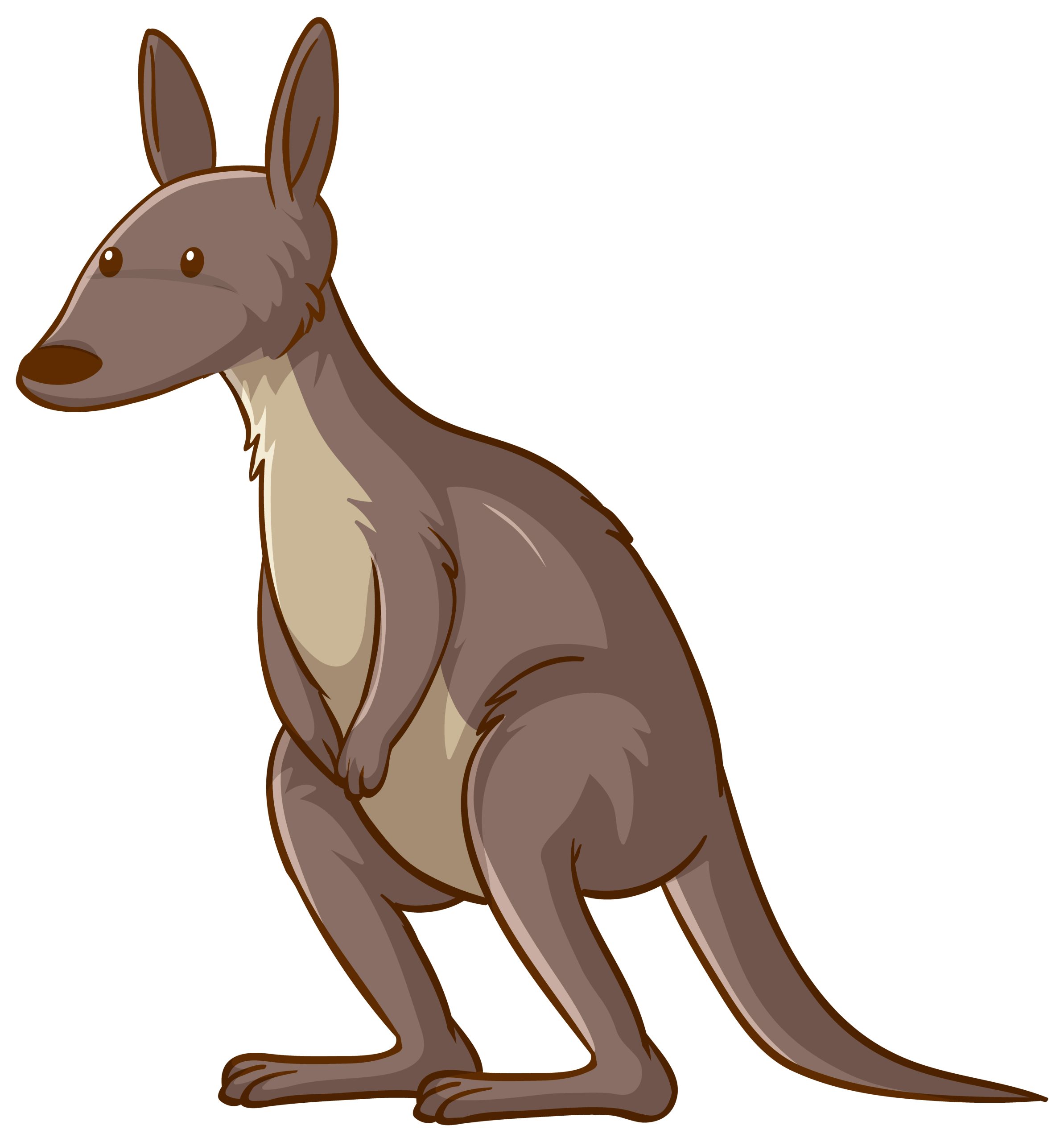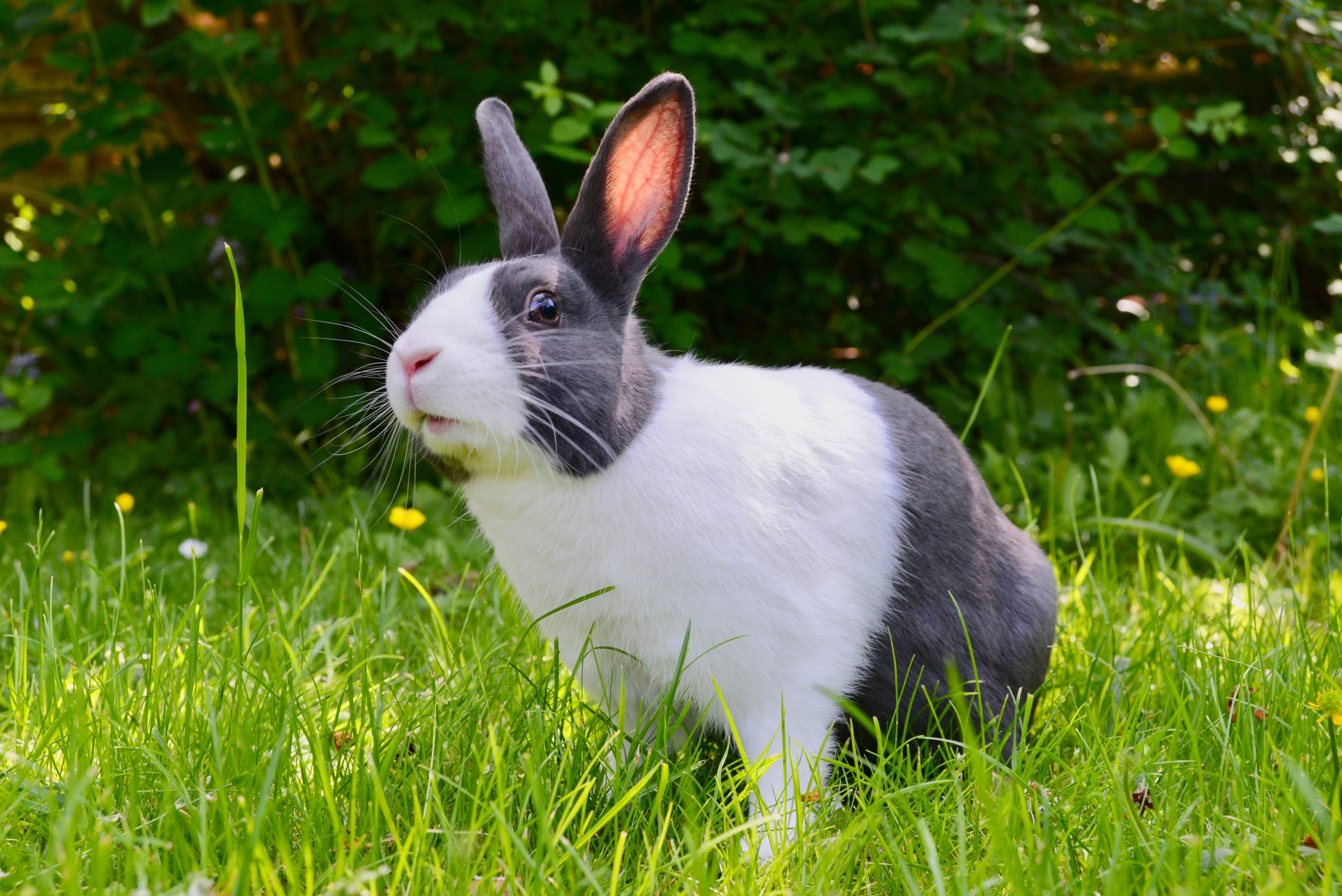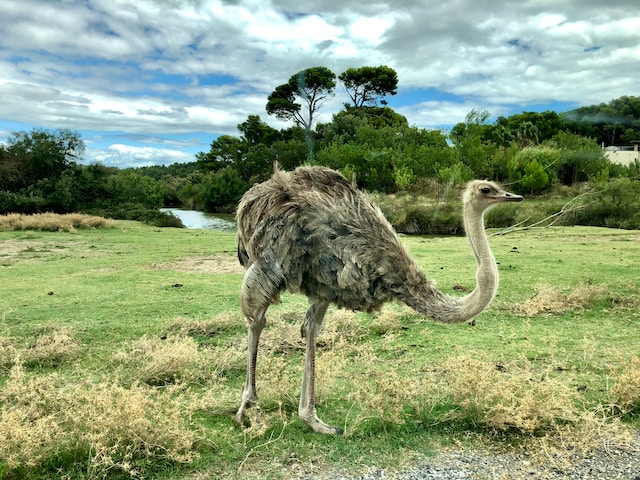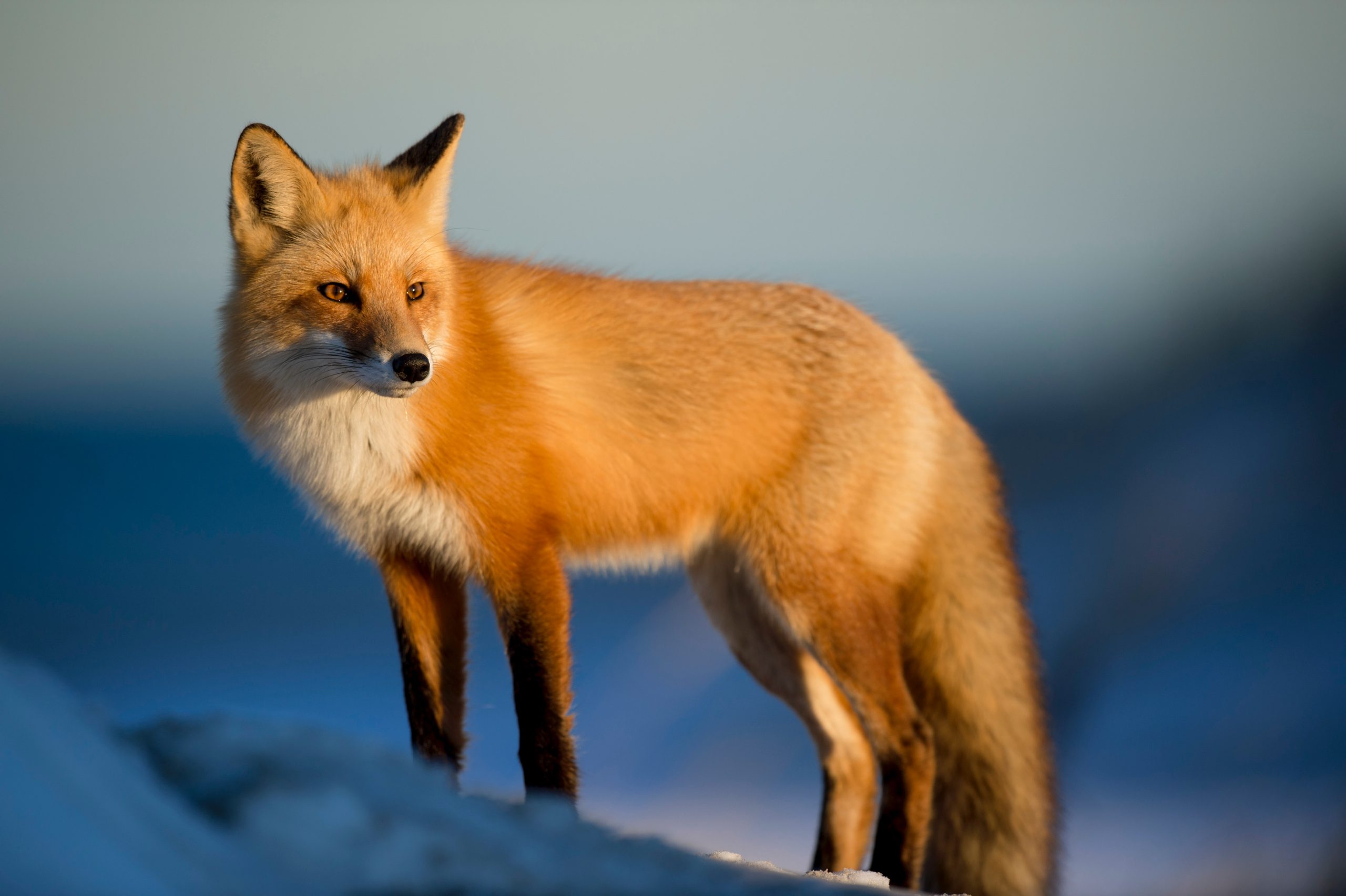Kangaroos are one of Australia’s most iconic and unique creatures. With their distinctive hopping gait, powerful hind legs, and pouches for carrying their young, kangaroos have captivated the world with their remarkable adaptations and behavior. In this article, we will delve into the fascinating world of kangaroos, exploring their biology, behavior, and their importance to the Australian ecosystem.
Body:
- Kangaroo Biology: From Marsupials to Macropods Kangaroos are marsupials, which means they give birth to relatively undeveloped young, called joeys, that then continue to develop and nurse in their mother’s pouch. They belong to the family Macropodidae, which also includes wallabies and wallaroos. Kangaroos have unique anatomical features that are crucial to their hopping locomotion, including long and powerful hind legs, specialized feet, and a strong tail used for balance. These adaptations allow them to cover vast distances with their distinctive hopping gait, reaching speeds of up to 70 km/h (43 mph).
- Kangaroo Behavior: Social Structures and Adaptations Kangaroos are known for their complex social structures and fascinating behavior. They typically live in groups called mobs or troops, which are led by dominant males known as boomers. Female kangaroos, called flyers or does, are usually the ones that do the majority of the breeding and caring for the young. Kangaroos have unique reproductive adaptations, such as delayed implantation, where a female can pause the development of an embryo until environmental conditions are favorable for its survival. This allows them to reproduce strategically and ensure the survival of their offspring in challenging conditions.
- Kangaroo Conservation: Challenges and Importance to the Ecosystem Kangaroos are not only charismatic animals, but they also play a crucial role in the Australian ecosystem. As grazers, they help maintain the balance of grasslands by controlling vegetation growth and preventing overgrazing. They are also an important food source for predators such as dingoes and eagles. However, kangaroos face various conservation challenges, including habitat loss, vehicle collisions, and conflicts with humans due to their grazing habits. Conservation efforts are ongoing to protect kangaroo populations and their habitats, and to ensure their survival for future generations to appreciate and enjoy.
Conclusion: In conclusion, kangaroos are unique and fascinating creatures that have captured the imagination of people around the world. Their biology, behavior, and conservation status all contribute to the rich tapestry of their story. As we continue to study and appreciate these remarkable animals, we gain a deeper understanding of their important role in the Australian ecosystem and the need to protect them for future generations to come.










